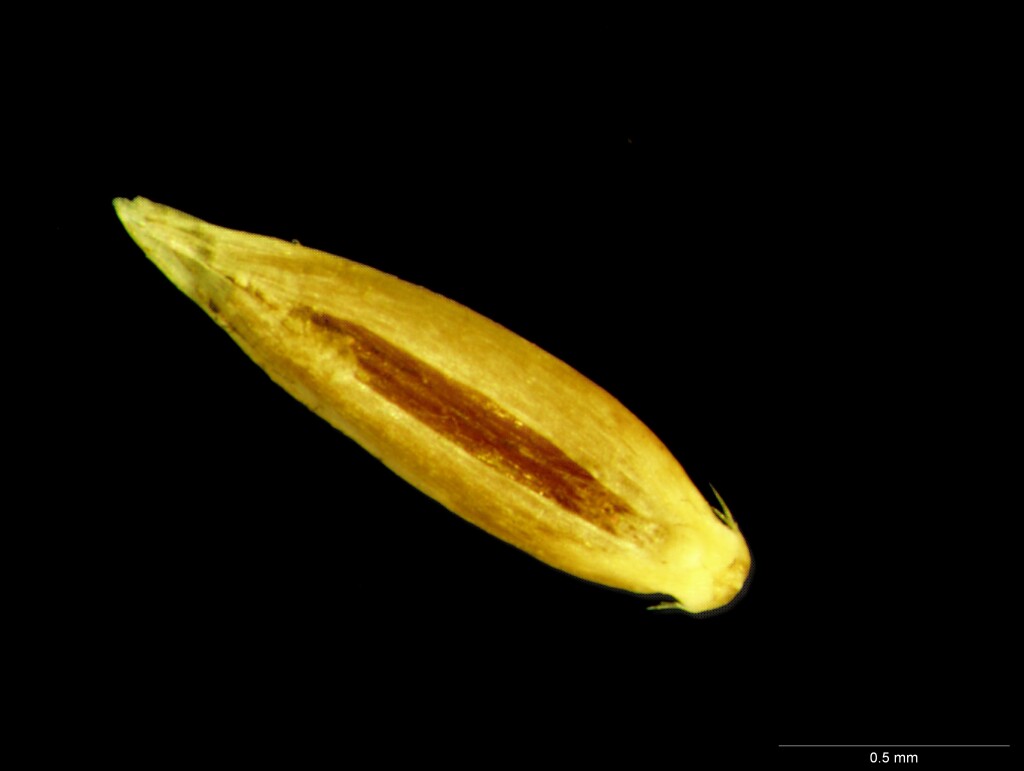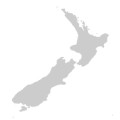Agrostis muelleriana
VickeryTufted glabrous annual or perennial, culms erect, to 30 cm high. Leaf-blades flat (to 2 mm wide) or narrowly inrolled and almost filiform, 3–10 cm long; ligules acute or obtuse and toothed, 2–3 mm long. Inflorescence a contracted panicle 1–8 cm long, often spike-like at anthesis, finally the branches somewhat spreading. Spikelets 2–3.5 mm long, often purplish; glumes subequal or the lower slightly longer, keeled, smooth or scabrous along the keels; lemma two-thirds to almost as long as spikelet, glabrous, awnless or with a delicate, subterminal awn to c. 1 mm long; palea absent or minute (less than one-third as long as lemma); anthers mostly 0.6–0.8(–1.2) mm long. Flowers Dec.–Feb.
HSF, HNF, MonT, VAlp. Also NSW, Tas. Occurs mostly in moist grasslands and heathlands, margins of bogs and sometimes water-retentive sites on rock on mountains above c. 1700 m (e.g. Mt Buller, Mt Buffalo, Bogong High Plains, Cobberas) but apparently absent from the Baw Baws.
While commonly considered an annual, in many, if not most, situations more likely a perennial, but with rather tender, annually replaced foliage. Not infrequently occurring with the similar A. australiana and/or A. parviflora.
Walsh, N.G. (1994). Poaceae. In: Walsh, N.G.; Entwisle, T.J., Flora of Victoria Vol. 2, Ferns and Allied Plants, Conifers and Monocotyledons, pp. 356–627. Inkata Press, Melbourne.
 Spinning
Spinning


